If you only use digital sources (e.g. Roon, Airplay/Shairport, UPNP, Audirvana, JRiver, iTunes, music services or similar) and do not use analogue devices, the C41 completely takes over all the tasks of a preamplifier.
However, the C41 has no analogue inputs. If you want to use analogue devices such as a turntable, you need either an additional analogue preamplifier or an A/D converter at the input of the C41.
In the C41, the volume is controlled in the D/A converter unit and not via a potentiometer as in an analogue preamplifier. Whenever the user turns the volume knob on the unit or controls the volume via the remote control or the slider of his playback software, the internal volume control of the C41 goes into action. And this happens without any loss of quality, because the digital data stream is not touched in the process. Instead, the C41 controls the volume only after the oversampling filter in the modulator, i.e. exactly in the range where the digital signal is converted to analogue. So the full bit width always goes into the DAC chip and thus the full resolution of the music signal is also guaranteed.
And this applies to all sources. Both for music signals that come from the own inputs and for streamed signals from Airplay/Shairport, a music service or also from a playback software such as iTunes, JRiver or Audirvana, etc.
It is indeed the case that digital volume controls of playback programmes are almost always accompanied by significant quality losses. The reason for this is that the data stream is changed and individual bits are cut off. The result is an audible loss of quality.
The C41, however, proceeds differently. It does not touch the digital data stream at all, but regulates the volume only after the oversampling filter in the modulator, i.e. exactly in the area where the digital signal is converted to analogue. This means that the full bit width always goes into the DAC chip, and thus the full resolution of the music signal is preserved.
This high-quality control of the C41 also applies to all sources. It doesn't matter whether the signal comes via the digital inputs or from Roon, iTunes, JRiver, Audirvana etc.. Even if the playback software has its own digital volume control. The C41 registers itself with these programmes with "device control" and thus signals to them that it will take over the regulation of the volume itself. In this way, the quality-reducing volume control of the playback programmes is bypassed.
The C41 has no classic (analogue) preamplifier section. Although it is possible to connect different devices and switch inputs as with a classic preamplifier, the volume control is not done via a potentiometer. Instead, the C41 performs the volume control directly in the D/A converter by means of a sophisticated technique and thus achieves an extremely high-quality music signal without noise and loss of dynamics.
In terms of music signal quality, the C41 is superior to its C11 and C51 preamplifier siblings.
To create a hi-fi system with exclusively digital sources, the C41 should ideally be connected directly to the power amplifier(s). The volume control then takes place in the highest quality directly in the D/A converter unit of the C41 and the music signal is passed on directly to the power amplifiers without detours and in the highest quality.
The C15 or N15 mono amplifiers and the C21 or N21 stereo amplifiers are suitable as power amplifiers.
If you have a Cadenza Line preamplifier or integrated amplifier (C11/C51) in your chain, you should connect the C41 to the CD2 input. This way, the C11/C51 takes over the input management of the entire chain and the volume is synchronised. The prerequisite for this is that the MBL SmartLink connection between the units is established.
The answer to this question depends on which preamplifier it is and whether the MBL SmartLink connection between the units is used.
If the preamplifier is an MBL C11 or C51 and the SmartLink connection is established, the C11 or C51 will take over the volume control for the entire chain.
If it is an MBL N11 or N51, the C41 should be connected to the processor input. The volume for the sources connected to the preamplifier are then controlled by the preamplifier and for the sources connected to the C41 by the C41.
If, on the other hand, the preamplifier is from another manufacturer or if there is no SmartLink connection between the units, two volume controls are carried out in succession. However, this is unfavourable in operation and from the point of view of sound quality and is therefore not recommended. If such a constellation is unavoidable, the volume of the C41 should be set to 100% and only the volume control of the preamplifier should be used.
Integrating the C41 into your existing music system is very easy. The configuration depends on whether your existing equipment is MBL or from another manufacturer.
If they are MBL units, e.g. the C31 and the C51, the C31 is most likely connected to the CD1 input of the C51. Now connect the C41 to the CD2 input and establish the MBL SmartLink connection between the units. This way, the units communicate with each other and coordinate.
The volume can be adjusted either on the rotary control of the C41 or the C51 and the units then pass this information internally to the other unit. In addition, the inputs of all units in the entire chain can be selected via the C51 without the need for complicated coordination at the individual units. In this way, the C41 is integrated completely seamlessly into the existing chain.
A complete Roon infrastructure consists of a server (Roon Core), at least one playback device, the free operating software and the Roon subscription. (Details can be read here: https://roon.app/en/ )
The C41 is a certified ROON READY device and thus takes over the task as a playback device. In addition to the operating software and the subscription, you also need a Roon Core.
With the Roon operating software, the volume can be controlled via a slider in the user interface. Technically, the same happens as when the volume is adjusted on the rotary control or via the remote control of the C41. Since the C41 registers with Roon as "device control", Roon overrides its own volume control and delegates it to the C41. This way, the high-quality volume control in the C41 is used and the music signal is output without any loss of quality.
So it doesn't matter whether you control the volume on the unit, with the remote control or in the Roon software - you always have a comfortable volume control of the highest quality.
Yes, you can.
The C41 can easily update its internal software via the Internet. So as soon as new services are available for the C41, all you have to do is trigger an update. The rest happens by itself and from that moment on you can use all the new services.

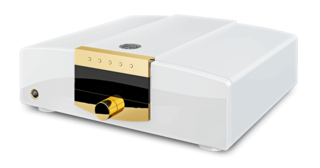
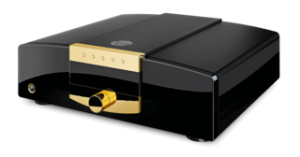
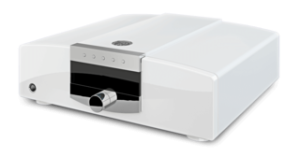


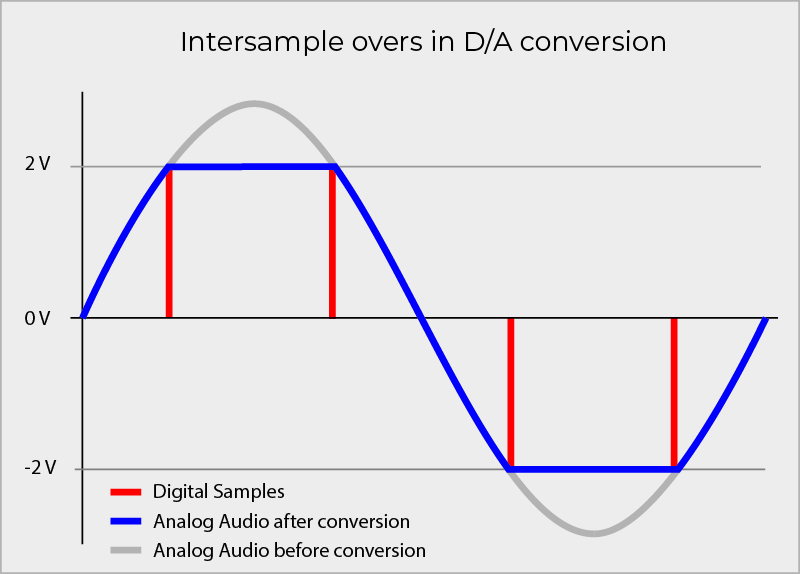 Unfortunately, audio reality paints a completely different picture, especially with pop music where overdriven recordings are the order of the day. Every music producer wants his songs to be loud and dynamic when they reach the audience’s ears. What could be achieved by any listener with a simple turn of the volume knob is built in right from the start by many recording studios where producers encode the music signal hard and fast to the maximum level. This is to the detriment of the highest-quality music playback. If several samples on a CD are fully distorted one after the other, the digital filters of the converters generate waveforms that are overdriven by up to three decibels – and are then abruptly cut or “clipped.” Unpleasant distortions are the audible and measurable outcome of this practice.
Unfortunately, audio reality paints a completely different picture, especially with pop music where overdriven recordings are the order of the day. Every music producer wants his songs to be loud and dynamic when they reach the audience’s ears. What could be achieved by any listener with a simple turn of the volume knob is built in right from the start by many recording studios where producers encode the music signal hard and fast to the maximum level. This is to the detriment of the highest-quality music playback. If several samples on a CD are fully distorted one after the other, the digital filters of the converters generate waveforms that are overdriven by up to three decibels – and are then abruptly cut or “clipped.” Unpleasant distortions are the audible and measurable outcome of this practice.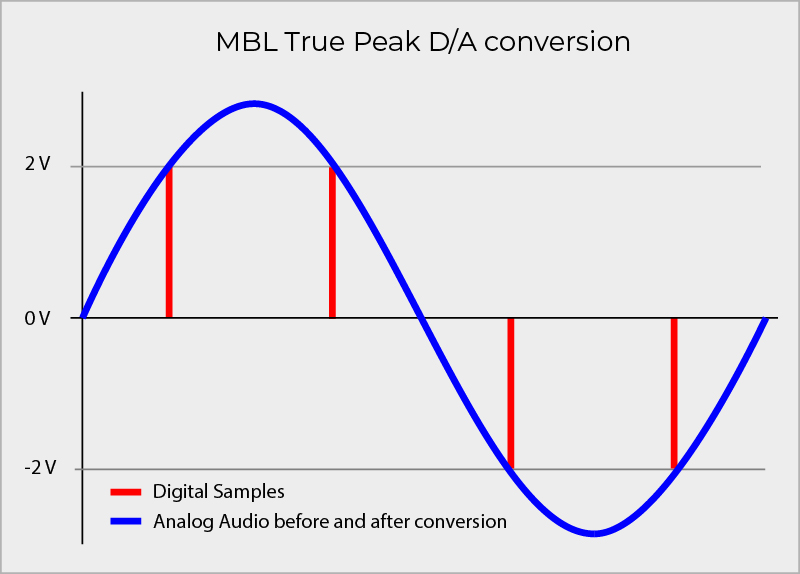
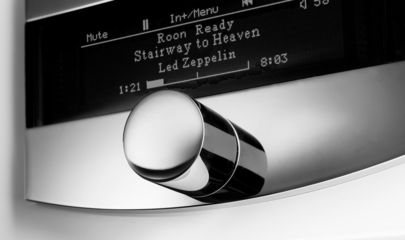
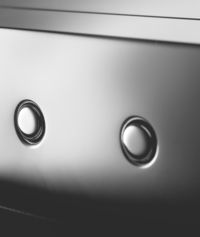
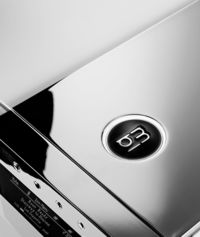
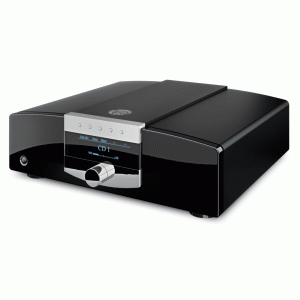
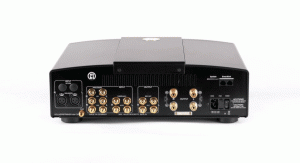


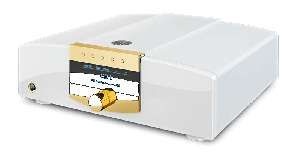
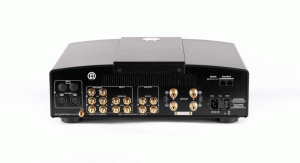
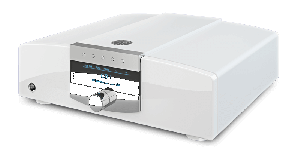
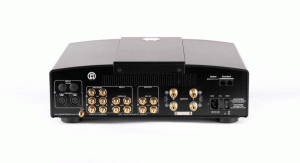
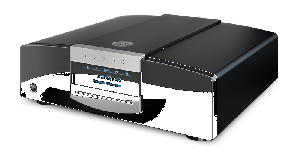
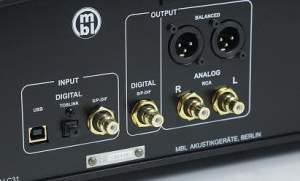
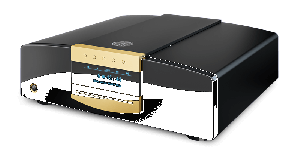
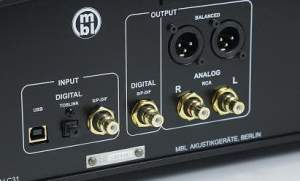
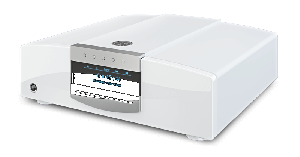
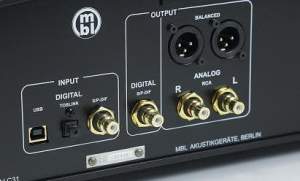
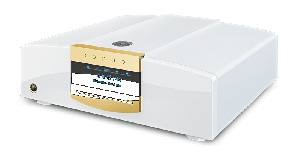
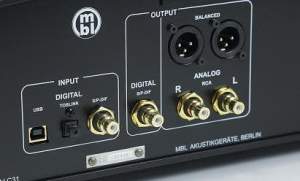
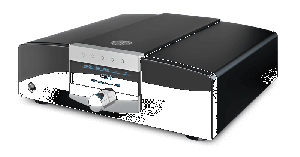
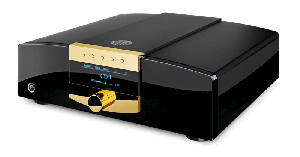
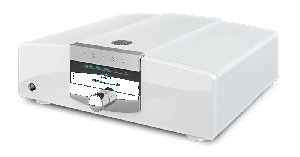
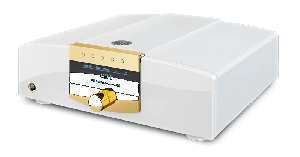
Validate your login